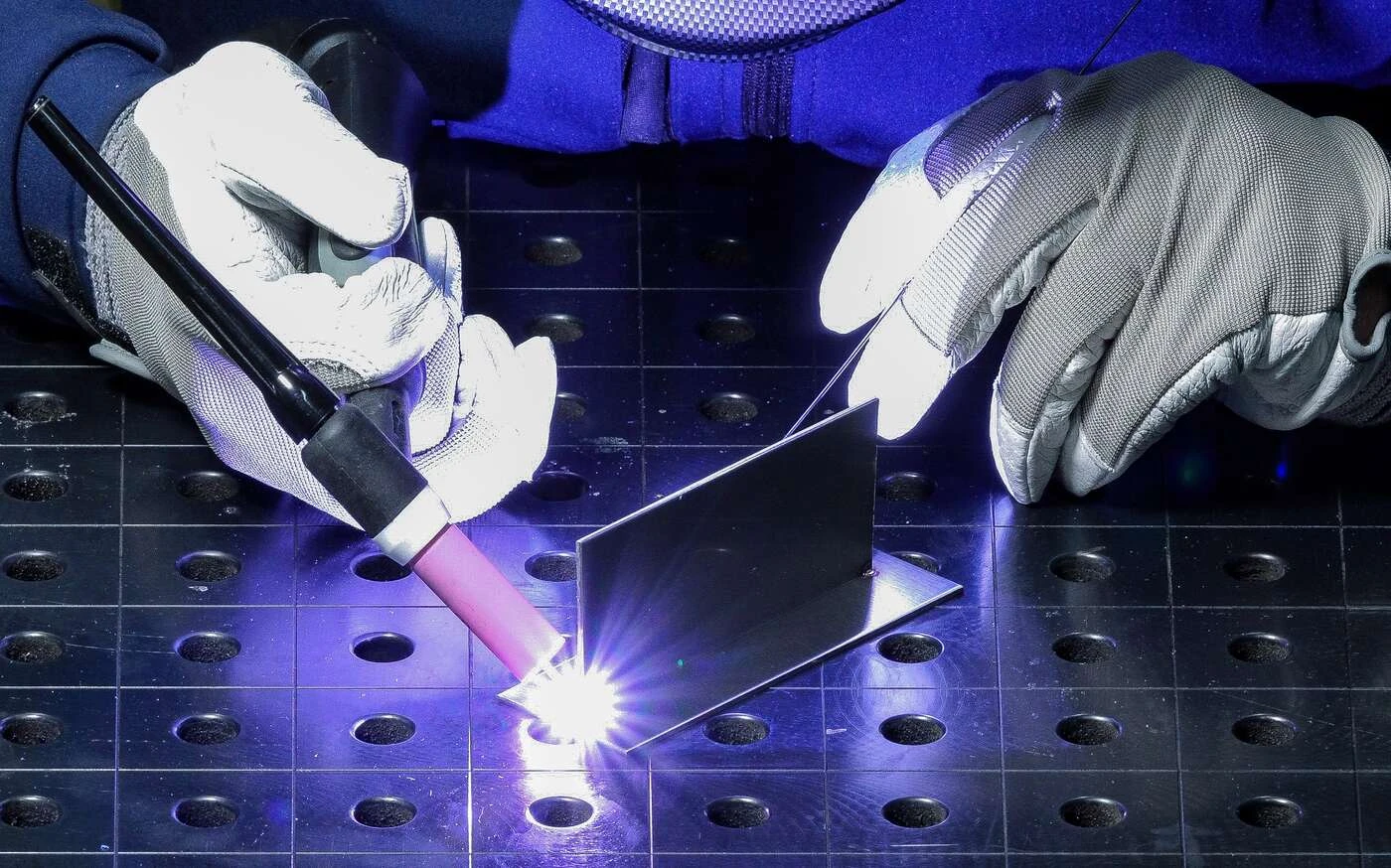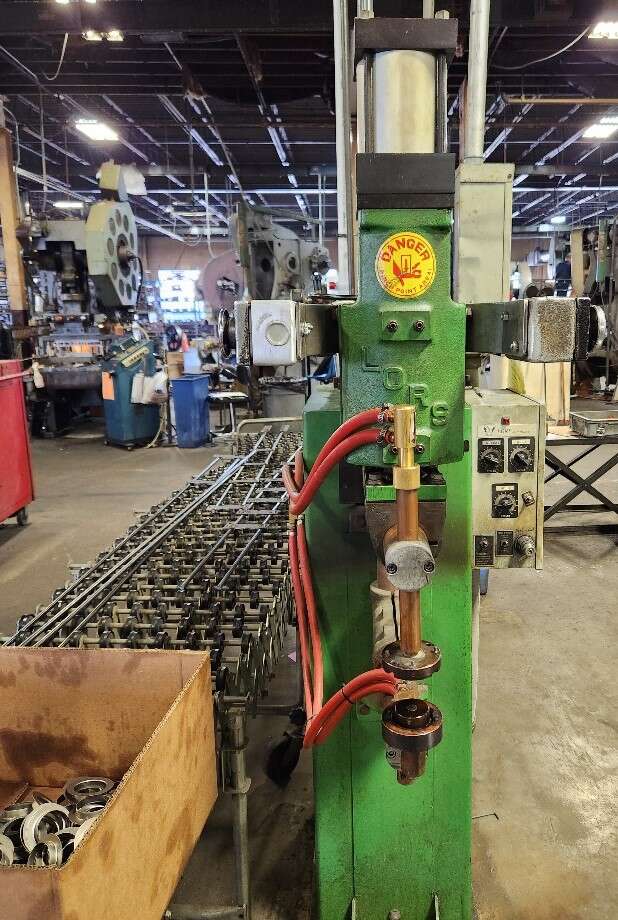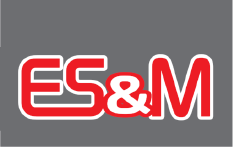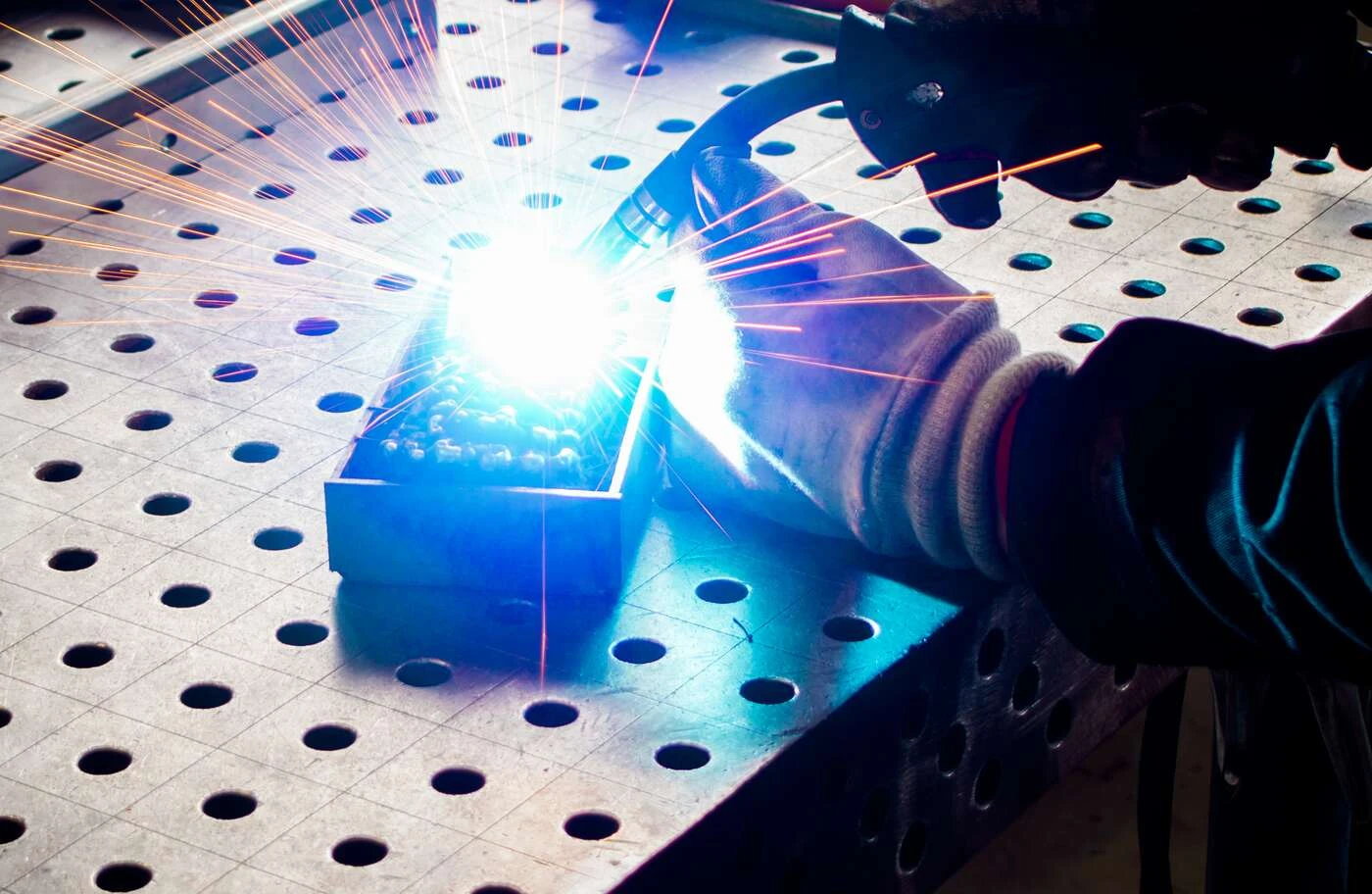MIG, TIG, & Spot Welding
In the stamping process, metal sheets or coils are formed, cut, and shaped into desired parts using mechanical or hydraulic presses and dies. These stamped parts may require additional processes, such as welding, to create more complex assemblies or to address particular design specifications. MIG and TIG welding are essential processes for joining stamped components, ensuring structural integrity and achieving intended functionality.
By offering a full range of welding services, Elmira Stamping & Manufacturing adds even greater convenience and value to our customers. The parts we produce here can be welded to other parts for a more complete assembly before leaving our facility. In our fully equipped welding department, we offer MIG and TIG welding, spot welding, and even robotic welding for complex redundant welds in large production runs.
MIG Welding (Metal Inert Gas)
MIG welding involves feeding a consumable wire electrode through a welding gun, which is used to create an electric arc between the wire and the metal being joined. A shielding gas, typically a mixture of argon and carbon dioxide, is used to protect the weld from atmospheric contamination. At ES&M, MIG welding is often used to join stamped metal parts together. It’s a versatile and relatively fast process, making it suitable for high-production applications like automotive manufacturing and sheet metal fabrication. Stamped parts can be welded together to create more complex assemblies.
TIG Welding (Tungsten Inert Gas)
In TIG welding, a non-consumable tungsten electrode produces the weld. The welder manually feeds filler material into the weld pool while controlling the heat as a shielding gas is used to protect the weld. We use TIG welding when precision and high-quality welds are required, such as in aerospace or medical device manufacturing. At ES&M, TIG welding is used to make intricate and precise welds to attach stamped components. It’s also the preferred method for welding materials like stainless steel.

Spot Welding
ES&M also incorporates Spot Welding into our production facility. Spot Welding aids in supplying a complete assembled component to our customers providing cost savings.
In spot welding, two pieces of metal are placed on top of each other, with the weld area clean and free of contaminants. These metal pieces can be sheets, plates, or other forms of metal components. Next, a pair of electrodes, typically made of copper, are used to apply pressure and electrical current to the metal sheets. When the two electrodes are brought together to apply pressure to the metal sheets at the desired welding point, a high electrical current is passed through the metal. This current generates heat due to electrical resistance in the metal.
The intense heat melts the metal at the welding point, creating a small pool of molten metal. When the current is turned off, the molten metal cools and solidifies, creating a strong weld that fuses the two metal pieces together. The welded joint is allowed to cool and solidify, forming a strong and durable bond.

There are many reasons ES&M uses spot welding as a means of joining metal stamped parts in mass production applications:
Rapid Production
Metal stamping processes are often used for mass production. Spot welding can be easily automated, allowing for high production rates and consistent weld quality.
Minimized Distortion
Spot welding creates localized heat, minimizing the distortion or warping of the overall metal part, which can be a concern in other welding methods.
Clean Finish
Spot welding leaves a clean and neat appearance on the surface of the metal, making it suitable for applications where aesthetics matter.
Joint Strength
Spot welds are typically very strong and provide good structural integrity, which is crucial in many metal stamping applications, such as automotive manufacturing.
Reliable Durability for More Than 50 Years
Spot welding is a reliable and efficient method for joining metal components in metal stamping processes, ensuring strong and durable bonds. At ES&M, our comprehensive welding capabilities and over 50 years of experience, are key to our work in various industries. Contact us today to find out more!

